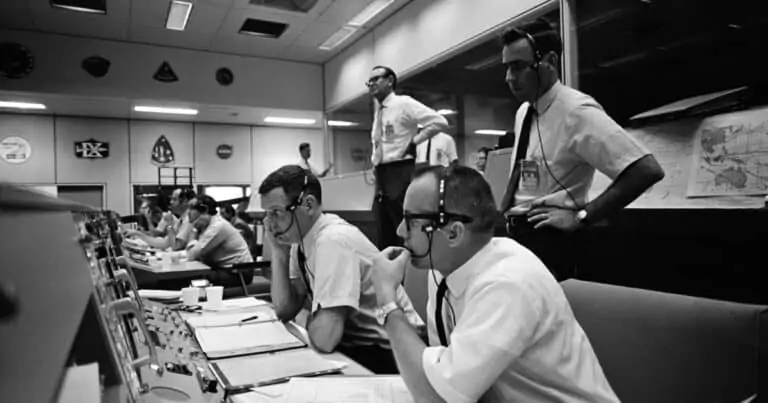Forewarned is forearmed, they say.
It’s an adage that supply chain managers seem to have taken a little bit too close to heart. Despite record investments in forecasting software over the last decade, supply chain leaders still tout improving forecast accuracy as the
number one opportunity for improvement in supply chain planning results (see graphics with data from the 2014 Benchmarking study by Supply Chain Digest).
As a six sigma green belt myself, I will always be front of the line when it comes to anything that can strengthen operations and increase accuracy. However, this never ending quest among planners to see forecasting as the proverbial magic 8 ball is misguided and at worst, is corrosive when it distracts planners away from focusing on optimizing end-to-end supply chain operations.
Now don’t get me wrong – there is no doubt that most companies today could use a bit more help with advanced statistics and data analytics to produce better forecasts. Bringing in a broader organizational perspective through improved collaboration, use of historical data to decompose seasonality and promotion effects, and removing the politics that often sabotage forecasting exercises can and will help companies improve their forecasting accuracy. A 100% accurate forecast though is nigh impossible, and it is now time to allocate some of that focus towards understanding the variability of demand and supply in your operations, and building a robust planning approach that protects against forecast error at minimal cost.
At the end of the day, your end goal should focus on profitability: reduce working capital and increase operational efficiency. By using forecasting as a process to understanding your sales rhythm rather than your actual sales figures – you can give your planners greater flexibility to optimize for end goal objectives – whether that is reducing stock outs, increasing turns or both.
Forecasting efforts are only as valuable as the actions and decisions it prompts. If you cannot translate your forecast into a detailed by SKU, by location inventory replenishment, procurement or production plan – the actions that spend your company’s money – then, the value of that forecasting exercise is lost. It is those actions at the end, not the forecast itself, which ultimately decide the efficacy of your supply chain operations.
In short, supply chain managers need to take a step back and examine their larger planning apparatus. To checkout an example, see our Duzey case study and see how this CPG firm better integrated forecasting with planning to get better results.
Get the case study

US Tariffs: How Fashion Retailers Can Stay Ahead with AI and Optimization
The fashion world is no stranger to change, but the latest wave of U.S. tariff policies has introduced a new level of urgency. With substantial







